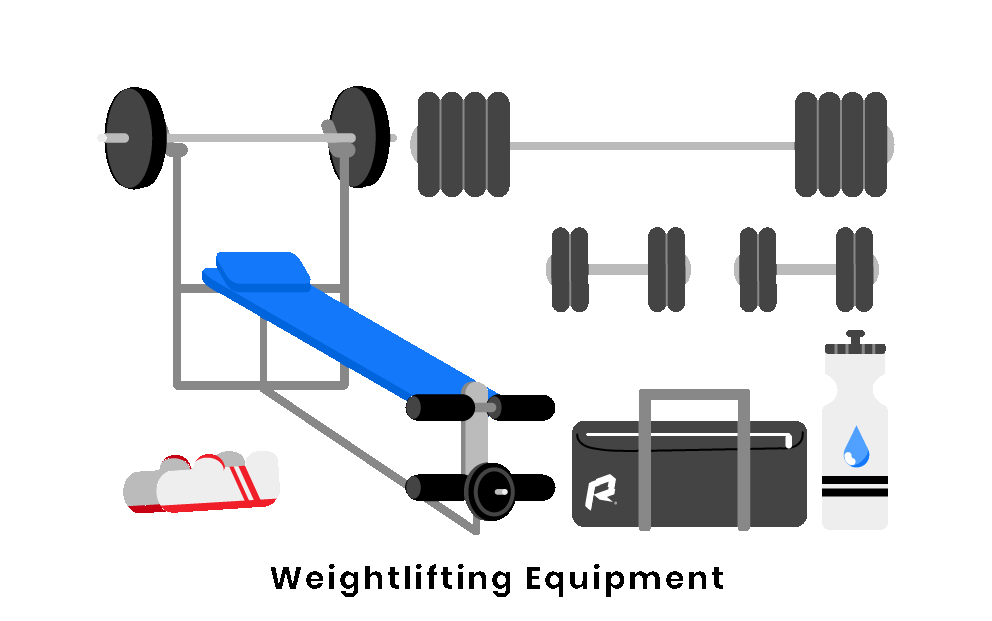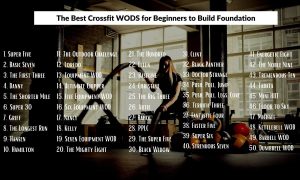
In the world of weightlifting, having the right gear is essential not only for safety but also for maximizing performance. Whether you’re a beginner or an experienced lifter, having the proper equipment can make a significant difference in your workouts. In this comprehensive weightlifting gear guide, we will explore the essential items you need and explain why they are crucial for your success in the gym.
Weightlifting Shoes
One of the most important pieces of gear for weightlifters is a pair of specialized weightlifting shoes. Unlike regular sneakers, weightlifting shoes are designed to provide stability, support, and optimal foot positioning during lifts. They have a raised heel, which improves ankle mobility and allows for deeper squats, as well as a firmer sole that enhances power transfer from the ground. Investing in a quality pair of weightlifting shoes can significantly improve your form and prevent injuries.
Weightlifting Belt
A weightlifting belt is a crucial tool for stabilizing your core and protecting your lower back during heavy lifts. It provides intra-abdominal pressure, reducing the stress on the spine and allowing you to lift more weight safely. When properly worn, a weightlifting belt can also promote better lifting mechanics, helping you maintain a neutral spine position. Ensure you choose a belt that fits snugly around your waist and provides adequate support for your specific lifting goals.
Wrist Wraps
Weightlifting often puts significant stress on the wrists, especially during exercises like the bench press, overhead press, and front squat. Wrist wraps offer added support and stability to the wrists, reducing the risk of injuries and allowing you to push heavier weights comfortably. They are particularly beneficial for lifters with previous wrist issues or those performing exercises that involve heavy loads on the wrists. When choosing wrist wraps, opt for ones made from durable materials and with adjustable straps for a secure fit.
Knee Sleeves
Knee sleeves provide compression, warmth, and stability to the knees, which is especially crucial during heavy squats and lunges. They help increase blood flow, support the knee joint, and reduce the risk of injuries or strains. Knee sleeves can also assist in reducing knee pain associated with weightlifting. Look for knee sleeves made from high-quality neoprene or similar materials that offer a snug but comfortable fit.
Lifting Straps
When performing exercises like deadlifts or rows, grip strength can often become a limiting factor. Lifting straps can help you maintain a secure grip on the barbell or dumbbells, allowing you to focus on the targeted muscles rather than worrying about holding onto the weight. They are especially beneficial for lifters who have weaker grip strength or during high-volume training sessions. It’s important to note that while lifting straps can be useful, they shouldn’t replace regular grip strength training.
Conclusion
Investing in the right weightlifting gear can greatly enhance your performance, safety, and overall lifting experience. Weightlifting shoes, a weightlifting belt, wrist wraps, knee sleeves, and lifting straps are all essential pieces of equipment that can provide the necessary support, stability, and protection to help you reach new heights in your training. Remember to always choose high-quality gear that suits your specific needs and goals. With the right equipment, you’ll be well-equipped to tackle your weightlifting journey with confidence!

